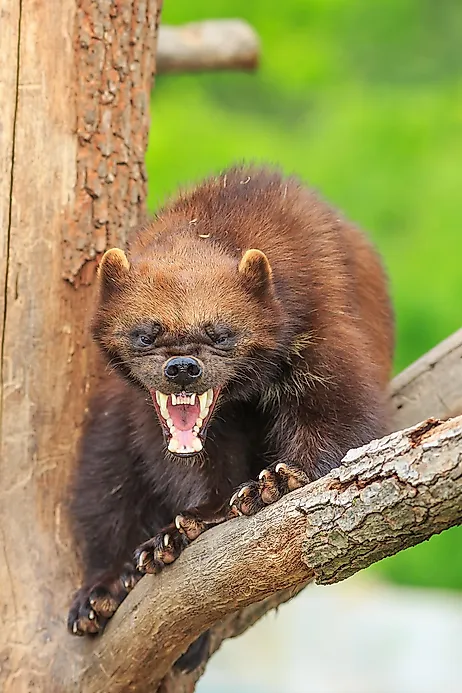

Internally (Direction) refers to an athlete focusing on his/her own emotions and feelings.Narrow Focus (Width) requires an athlete to only focus on one cue.Broad Focus (Width) requires an athlete to be sensitive to several different cues.It is not the case that an athlete just “needs to focus more.” When we view focus and concentration sport psychology (Weinberg & Gould, 2003) defines our attentional demands in the terms of width and direction: Focus and concentration is a generic term for heavily in-depth process of self-awareness.

In order to improve your thought process, focus or concentration in times of pressure you must have the ability to understand where and how you can improve in your focus and concentration (thoughts). How we paint our picture of our current reality is a habit and choice in our thought patterns. Showing resiliency in this time of possible pressure. However in the same situation our other athlete could view the possible scoring slump as a possibility to enhance/focus on developing other tools in his or her game. The way we perceive situations can be good or bad, just like any other habit!įor example, one individual may perceive not scoring a goal in the past few games as a stimuli that is producing pressure and ultimately stress. One of the most notorious conversation topics that is brought forward to me in team seminars is the concept of pressure and how we can overcome it? In my mind pressure is a component of perception and how we view certain stimuli in our environment. Habits and Pressure Written by Kyle McDonald


 0 kommentar(er)
0 kommentar(er)
